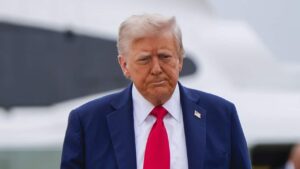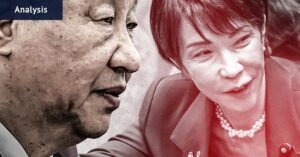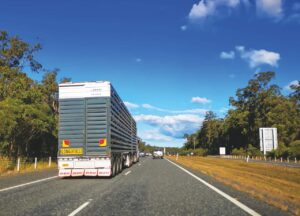
Growing fears of a bubble in artificial intelligence shares have highlighted the potential impact on Australia’s $4.3 trillion in superannuation savings if the boom turns into a bust. Australian funds have more than $540 billion invested in the US sharemarket, where returns have been significantly boosted by technology giants benefiting from the AI surge.
The country’s ten largest funds have more than $140 billion in shares exposed to the AI boom, with substantial investments in balanced, high-growth, and index plans, according to analysis from the Australian Financial Review. The exposure across the entire superannuation sector, including self-managed funds, is likely much higher, accounting for investments in unlisted assets such as data centers.
Debate Over AI Bubble Risks
Experts remain divided on whether the AI boom constitutes a bubble. This debate has put a spotlight on the dilemma facing Australia’s super funds: engage in the AI frenzy or risk underperformance. Andrew McAuley, chief of investments at UBS Global Wealth Management Australia, argues that while some fringe AI companies might be overpriced, he does not believe the AI boom is a bubble.
Super funds are under pressure to invest in the AI boom, as their performance is judged against benchmark returns. “If they are not participating in what could be a melt-up, it could be very ugly for their numbers,” McAuley stated. He noted that funds would be “very benchmark aware,” closely monitoring sharemarket benchmarks influenced by the largest stocks.
“They would be hedging their position against this, so that if there is downside they are not completely exposed,” McAuley added.
Contrasting Views on AI Market Dynamics
In contrast, Roger Montgomery, founder and chairman of Montgomery Investment Management, believes AI stocks exhibit classic bubble characteristics, including hype and high-forward earnings multiples. He predicts a bust could occur if end-users do not spend as anticipated on AI, leading to a decrease in stock valuations.
“I’m not saying it’s imminent,” Montgomery remarked. “I just think booms end, and when they get to a bubble phase, they end disruptively.”
Montgomery suggests that the AI boom, primarily funded by equity rather than debt, would resemble a tech bubble burst more than the 2008 global financial crisis. The impact on super funds would depend on their investment in AI-exposed technology giants, though he notes many high-quality companies exist outside the prominent “Magnificent Seven” US tech giants.
Strategies for Risk Management
Dan Farmer, chief investment officer at MLC, contends that AI stocks are not in bubble territory and highlights the strong earnings growth of today’s US tech giants compared to the early 2000s tech bubble. He emphasizes the importance of risk diversification through strategies like hedging.
About 6.7% of the MLC Super portfolio is invested in AI, covering a broad range of US tech companies such as Microsoft, Nvidia, Amazon, and Meta. “It’s always a balancing act between risk and return,” Farmer said.
AMP chief economist Shane Oliver, who remains neutral on whether AI shares are a bubble, underscores the potential negative impact of a bust on super funds due to their high exposure to US equities. “It would have a negative impact, as any bubble bursting would, simply because super funds have a high exposure to US equities,” Oliver explained.
“Volatility is the price you pay for gains over the long term,” Oliver noted, emphasizing the difficulty of market timing.
Looking Forward
The debate over the AI market’s stability has intensified following reports that US hedge fund manager Michael Burry made a $1.6 billion bet against AI giants Nvidia and Palantir. Burry, known for his successful bet against subprime mortgages before the 2008 financial crisis, has added fuel to the ongoing discussion.
Oliver points out that the “Magnificent Seven” technology stocks have driven significant gains in the S&P 500 over the past three years, yet there are notable differences from the dotcom bubble era. “Dotcom stocks were not making profits, whereas the Magnificent Seven are making magnificent profits,” he said.
As Australia’s super funds navigate the AI boom, they face the challenge of balancing potential gains with the risk of a market downturn. The outcome will depend on their investment strategies and the broader economic landscape.






